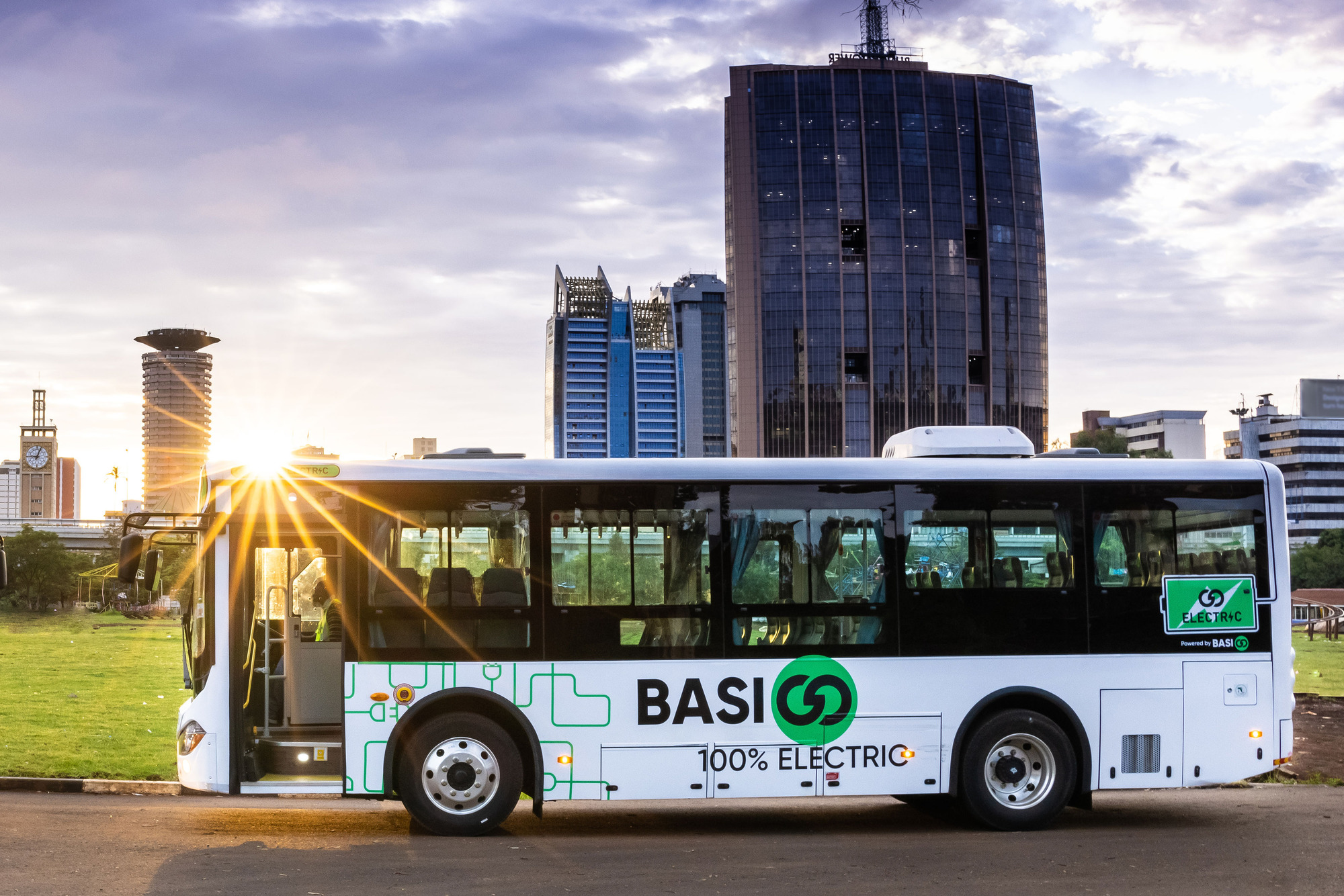Sign up for daily news updates from CleanTechnica on email. Or follow us on Google News!
While South American and Chinese cities have been generating a great deal of attention for the electrification of their public transport, East Africa is determined to not fall behind. The majority of electric buses are still in China, but the ones with the biggest impact may be those deployed in Kenya. This is due to the Kenyan electrical grid being highly reliant on renewable energy.
Kenya currently provides 80% of its electricity from renewable energy and intends to increase this number to 100% by 2030. This means that a diesel bus replaced with an electric bus in Kenya does significantly more to reduce carbon emissions than one placed in a country more reliant on traditional energy sources. China, the global hub for electric buses, produces just over 50% of its electricity from non-fossil fuels. Chile, which has made the electrification of buses a significant part of its transition to renewable energy, is still less than 50%. Additionally, Kenya boasts one of the highest rate of public transport use in the world. The high usage levels of the buses combined with the high rate of renewable energy in the transmission grid means that an electric bus will provide a higher marginal reduction of CO2 emissions than an electric bus almost anywhere else in the world.
A commonly misunderstood aspect of the electrification of public transportation is the effect that it can have on the electric grid. In Kenya, however, there is a surplus of power in the grid, particularly at night. As electric buses do 80% of their charging at night, they are able to function without putting undue strain on the grid. This has actually proven to be beneficial in Kenya as it allows energy that otherwise would have been wasted to charge buses. New buses such as the ones shown above are able to charge in two hours, allowing for easier optimization of charging time. To make it easier for drivers, BasiGo, an electric bus company, provides free electric charging stations along the routes where their buses traditionally stop for the night. BasiGo CEO Jit Bhattacharya emphasized that the need for electric buses will allow Kenya to reduce their dependence on foreign oil and escape what has been viewed as a perpetual fuel crisis.
The benefits of renewable public transportation are creating a market in East Africa outside of Kenya. This week BasiGo announced that it has received a 1.5 million dollar grant from USAID to expand its work into Rwanda. The company has set its goal of 200 electric buses in Rwanda by 2025.
However, unlike in Europe and the United States, many of the buses currently operating in Kenya are privately owned. This means companies such as BasiGo are tasked with providing high quality electric buses at a rate that makes the switch affordable to drivers. Bhattacharya explained that his customers in East Africa are hesitant to pay what he referred to as a “green premium.”
While the long-term cost of power and maintenance makes the bus more affordable than a diesel option, the up-front cost is higher due to the battery cost. To combat this, BasiGo developed its Pay-As-You-Drive initiative. This allows drivers of electric buses to pay a small upfront fee and then pay by kilometer for their vehicle. Alternatively, owners can purchase an electric bus for the same cost as a diesel bus and lease the battery from BasiGO. This reduces the cost to the driver, as they are not required to then pay for diesel, and the maintenance is provided by BAsiGo. By making the transition affordable, BasiGo ensures that the renewable energy transition is not confined to countries with high rates of consumer income.

A USAID Grant will allow BasiGo to expand outside of Kenya and provide transport in Rwanda. Image: BasiGo
Have a tip for CleanTechnica? Want to advertise? Want to suggest a guest for our CleanTech Talk podcast? Contact us here.
EV Obsession Daily!
I don’t like paywalls. You don’t like paywalls. Who likes paywalls? Here at CleanTechnica, we implemented a limited paywall for a while, but it always felt wrong — and it was always tough to decide what we should put behind there. In theory, your most exclusive and best content goes behind a paywall. But then fewer people read it!! So, we’ve decided to completely nix paywalls here at CleanTechnica. But…
Thank you!
Community Solar Benefits & Growth
CleanTechnica uses affiliate links. See our policy here.




